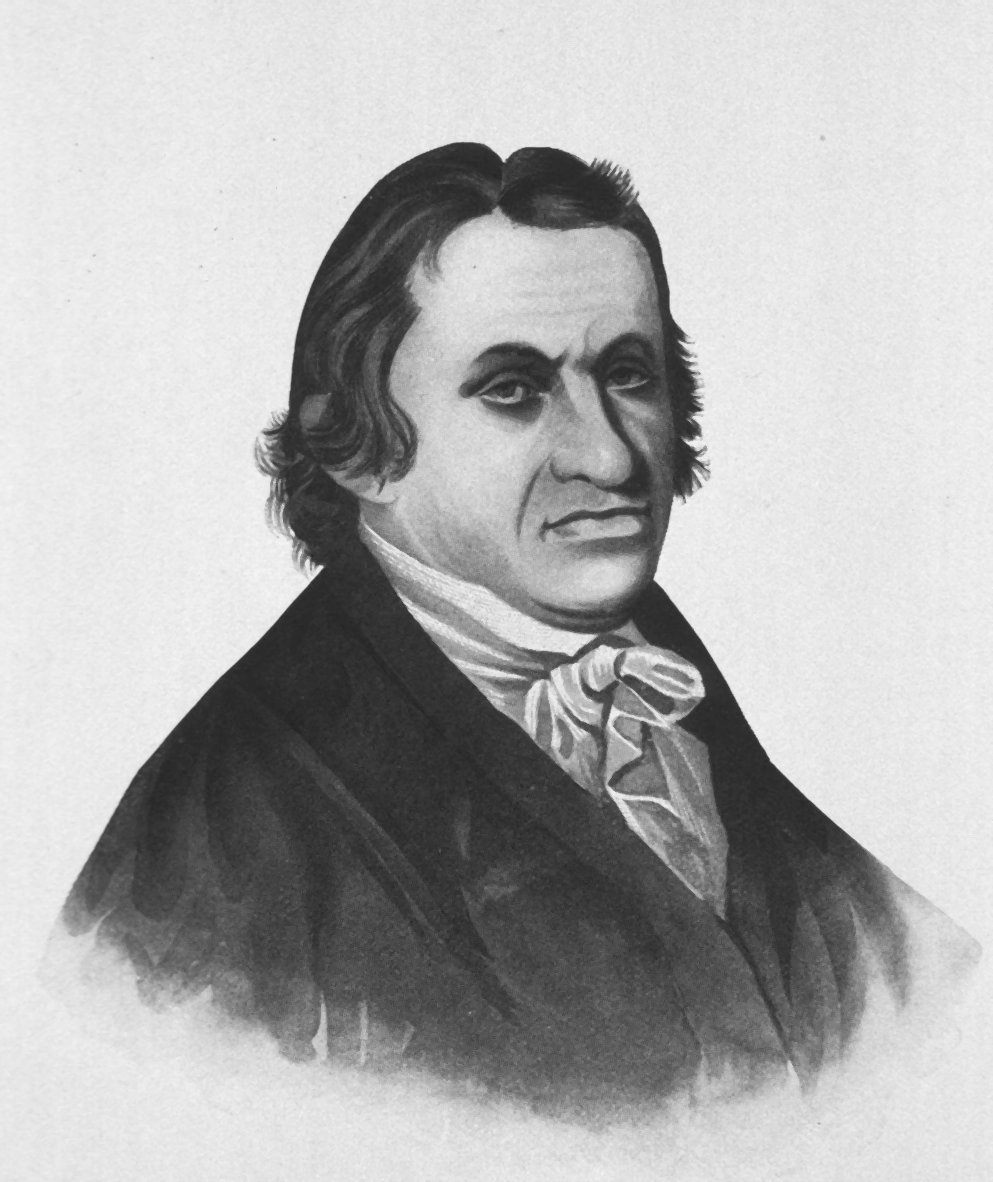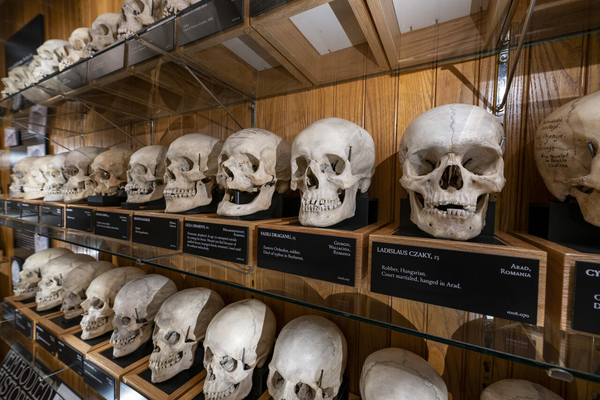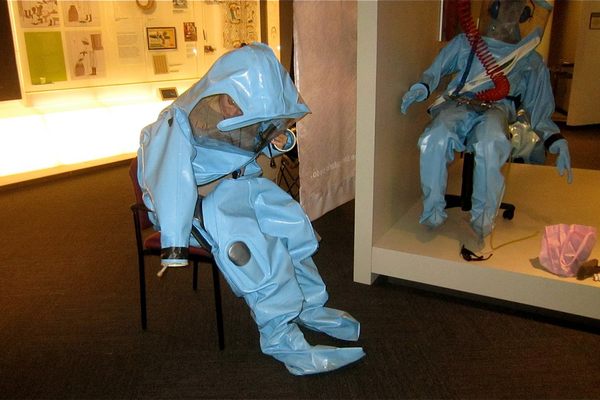Opium Soaked Tampons Were the Midol of Ancient Rome

Medicinal use of opium was widespread in the United States by the latter half of the 19th century. (Photo: Public Domain/Wikipedia Commons)
On display at the New Orleans Pharmacy Museum is an item that you won’t find in the women’s aisle of your local drugstore today. Among pharmaceutical oddities such as leeches and tinctures, the museum houses a box of early tampons soaked in opium and belladonna.
What’s more, these products were in fact prescribed to women back in the 19th century. “The opium was to relieve pain, and the belladonna was to dilate and relax the vagina,” Elizabeth Sherman, the museum’s executive director, tells The Guardian.

The tradition of lacing women’s products with opiates goes back even further than that, though. In fact, since the tampon’s first documentation, it has been associated with opium. In The Hippocratic Oath and the Ethics of Medicine, it is revealed that ancient Romans used “wool tampons soaked in a variety of substances, including: opium, poppies, bitter almond oil, boiled honey, sea onion, ox marrow”–the list goes on.
The tampon as we know it in its commercial form was invented in the first half of the 20th century, but has appeared in other iterations for centuries. In fact, in the 19th century handbook devoted to ”The Management of Women, During Pregnancy, in Labour, and in Child-bed,” called A Compendium of the Theory and Practice of Midwifery, doctor Samuel Bard described tampons as “the ancient practice of introducing into the vagina, in cases of profuse menstruation, astringent pessaries.”
Ancient practice indeed it was; the ancient Egyptians were the ones to first write about intra-vaginal devices made with honey and galena, the chief ore of lead.

Samuel Bard was an American physician who founded the country’s first medical school. He was a great advocate of the use of opium as a pain reliever for women. (Photo: Public Domain/Wikipedia Commons)
In A Compendium, Bard recommended opium as a palliative treatment for women several times–often in the form of an enema, but occasionally as a tampon. For a woman struck with diarrhea, “a piece of folded linen, wetted with tincture of opium, was applied to the right groin,” along with an opiate enema, Bard wrote. Tampons soaked in opium and other such intoxicants were used to treat vaginal ailments in particular.
At the time, tampons were considered to be more like plugs than means of soaking up menstrual blood. In 1834’s Baltimore Medical and Surgical Journal and Review, Eli Geddings wrote that a tampon could be used to control bleeding, writing, “so long as the tampon remained, and no longer, could the hemorrhage be controlled.”
Of course, alongside the tampon, to alleviate his patient’s pain, Geddings administered a healthy dose of opium “on the most extensive scale, both by stomach and bowels.”
It wasn’t just tampons and enemas; women could get an opium fix from many other pharmacy items, too. “There were a lot of tonics geared toward women’s ailments, and most were 25 percent or more alcohol and had some sort of opiate in them,” Sherman explains in The Guardian.
While tampons and pessaries soaked in opium were historically administered as pain-relievers, much like a modern day analgesic, there is nothing to say that the women that used them didn’t also get incredibly high as well. And you thought that rumors of teens soaking tampons in vodka were hardcore.
















Follow us on Twitter to get the latest on the world's hidden wonders.
Like us on Facebook to get the latest on the world's hidden wonders.
Follow us on Twitter Like us on Facebook